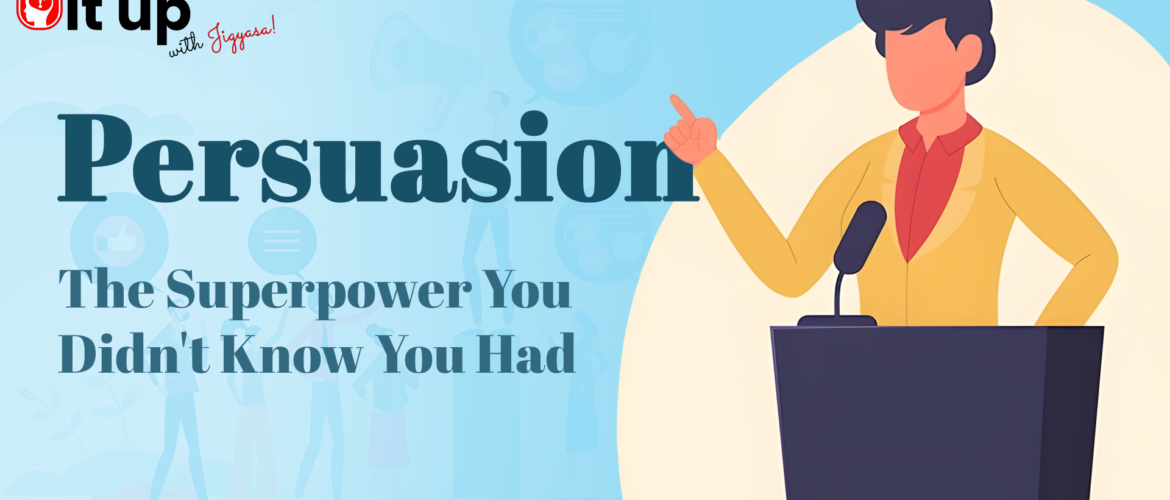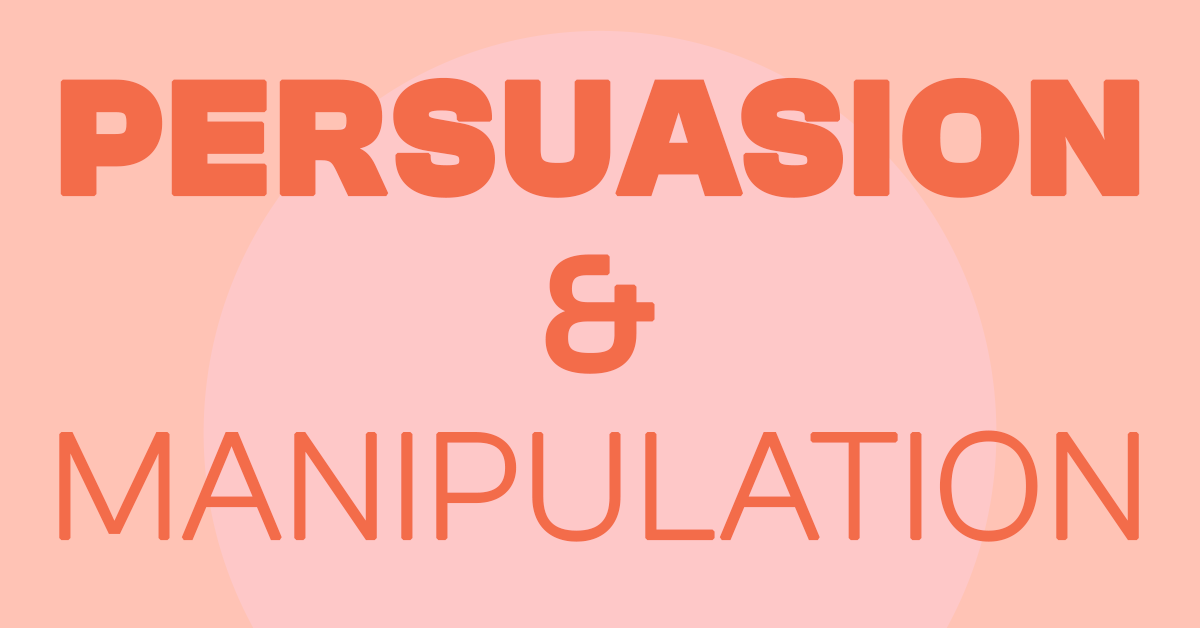Blog
Persuasion: The superpower You didn’t know you had!
- December 24, 2024
- Posted by: Chirag Goswami

Persuasion: The superpower You didn’t know you had!
Picture this: You’re at a lively gathering, savoring your favorite drink, when someone nonchalantly asks, “Could I borrow your car? I promise to return it tomorrow.” Now, before you answer, you’re probably thinking, “Why on earth would I do that?” That, my friend, is persuasion at play—or at least, a clumsy attempt at it.
So, what exactly is persuasion? In its simplest form, persuasion is the art (and sometimes science) of getting someone to see the world your way. It’s about nudging, coaxing, and sometimes dazzling someone into saying “Yes!” instead of “Are you serious?” It’s the magic that makes you buy that extra-large popcorn at the movies, even though you came in planning to skip snacks altogether. It’s the invisible force behind every ad, every sales pitch, and yes, even that text your bestfriend sends to guilt you into brunch plans.

But where did this enchanting power come from? Persuasion is as old as humanity itself. Early humans likely bartered prized possessions, like shiny stones or rare tools, to secure essential resources such as mammoth meat. These exchanges, though rudimentary, laid the groundwork for the intricate art of influencing others that we refine today.

Fast forward to ancient Greece, and you’ll find Aristotle—widely regarded as the original master of persuasion—breaking it all down with his “rhetorical triangle.” He said there are three pillars of persuasion: ethos (credibility), pathos (emotion), and logos (logic). In other words, you convince people by showing you’re trustworthy, tugging at their heartstrings, or dazzling them with cold, hard facts. Preferably all three.

Think about it: When was the last time you were persuaded to do something? Maybe it was an ad that made you laugh, cry, or crave a burger at 2 a.m. Maybe it was your friend convincing you to join a gym with a simple, “You’ll thank me later.” (Spoiler: You’re still sore from that one workout.) Persuasion is everywhere—from the clever jingles on television commercials to the persuasive arguments in political speeches, the engaging stories in books, and even the memes in your Instagram feed that coax a smile or a click.

But let’s not confuse persuasion with manipulation. While persuasion is all about mutual benefit—a win-win, if you will—manipulation is more like sneaky mind control. Persuasion says, “Let me show you why this is awesome.” Manipulation says, “I’m going to trick you into thinking this is awesome.” Big difference!
So, how do you master this magical art? Start with empathy. Understand what the other person wants or needs. Sprinkle in some charm and humor, and back it up with facts. And for the love of Aristotle, be authentic. Nobody likes a fake.
Now, here’s a question for you: Can you think of a time when you persuaded someone, or they persuaded you? Maybe you talked your way out of a parking ticket, or convinced your boss to let you leave early. Persuasion isn’t just a skill; it’s a superpower. And like all superpowers, persuasion demands responsibility—wield it wisely to inspire, influence, and ignite change, all while adding your unique touch of brilliance.
So the next time someone asks, “Can I borrow your car?” you’ll know exactly how to respond. And who knows, maybe you’ll even persuade them to give you a ride instead.

